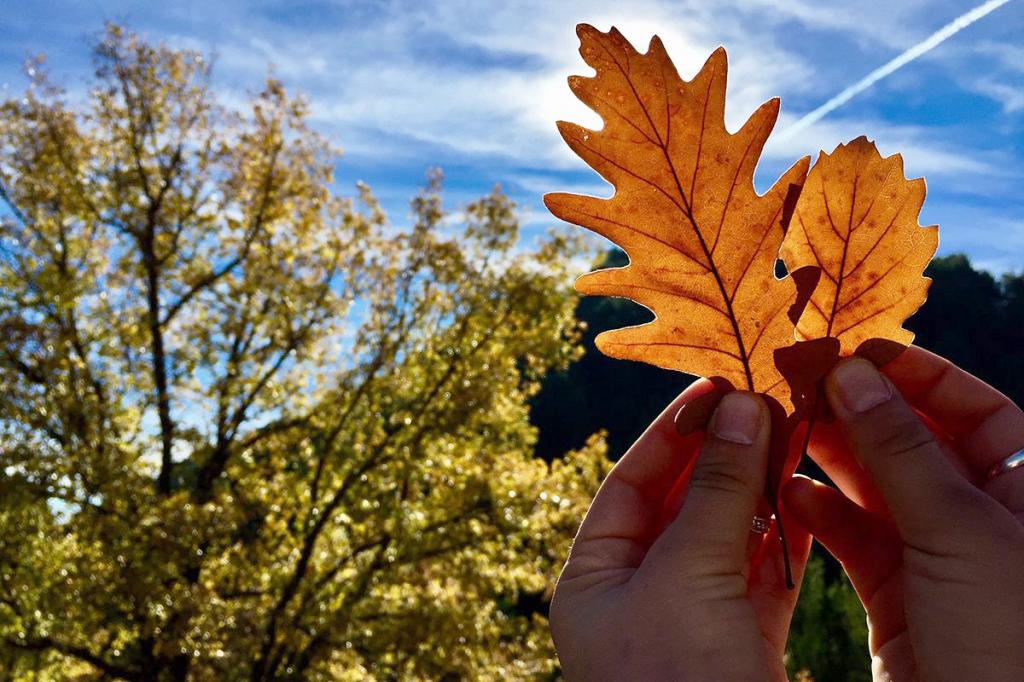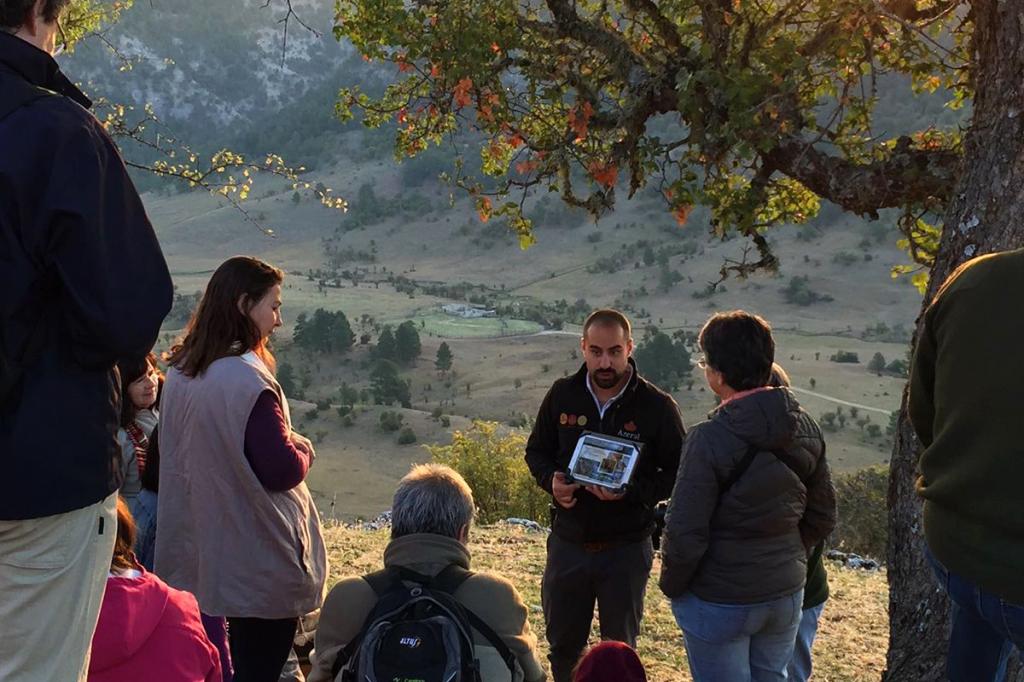Divulgazeral
Interpreting and communicating Nature

Nature interpretation and Science communication, two outstanding ways to discover our environment
Transmitting and communicating what we know about our natural heritage to people, thanks to the discoveries made by and advances in Science, is a key aspect as regards encouraging love and respect for Nature and, therefore, increasing public awareness that will lead to decision making in favour of conservation. The first thing that usually comes to mind when we speak about environmental awareness is Environmental Education, an educational process that consists of facilitating an understanding and appreciation of our environment, of the relationships among human beings, its culture and natural phenomena, and of the impacts resulting from them, whose aim is to foster values, capabilities, attitudes, skills and conducts that are compatible with a sustainable development. However, if we speak about transmitting, communicating, disseminating or discovering, we are actually making a specific reference to two key tools for Environmental Education: Nature interpretation and Science communication.
As naturalists and scientists, both disciplines constitute a cornerstone of our passion, hobby and work, so we wanted to present an article in Divulgazeral that is devoted to explaining the arts of interpreting and communicating Nature as extraordinary ways of re-encountering our environment through its discovery.
We could say that Nature interpretation is an optional form of Environmental Education (non-formal) linked to the enjoyment of the environment in our free time. It concerns bringing the discoveries made by the Environmental Sciences (and other Sciences) to life through the translation of the language of the Earth into the common language. Interpretation is not the mere provision of information about a natural area or one of its components, but also implies striking a chord in people by means of the stories and meanings revealed by Science so as to arouse their curiosity and open their minds, thus making them part of the natural resource that is being discovered in situ through an emotional and intellectual connection with it. Interpreting Nature consists of appealing to minds and hearts, helping us to fall in love with it and accepting that protecting and conserving something requires us to love it first, and to do so we need to know it. Nature interpretation is carried out by people called interpreters, who try to stimulate interest in what is hidden behind the elements of facts, interpreted by means of their “stories”. Interdisciplinary professionals who interpret nature must bring together many skills: they must have a very good knowledge of the resource being interpreted, they must be able to analyze the profile of the target audience in order to adapt the interpretative activities and materials, and they must also be able to communicate its message effectively.

Science communication, meanwhile, could also be considered as a non-formal or informal type of Environmental Education –depending on several methodological issues–, in this case defined by the set of initiatives that allow society to discover Environmental Sciences, that is, which make scientific and technical culture, thought and knowledge accessible to the general public through the use of adequate communication strategies and which is a legible and understandable language for non-specialist (non-scientist) audiences. This discipline not only makes significant contributions to the conservation of our natural heritage, but also promotes the understanding of Science and its importance, thus allowing it to be highly valued, more diverse and inclusive. Furthermore, it enables the use of scientific advances by society and professionals –scientists, technicians, investors, managers, politicians, etc.– in decision-making processes. Science communication is carried out by the scientists themselves –or at least by those who bother to do so– and by the so-called Science communicators, who are professionals with a basic knowledge of very diverse scientific fields (as interpreters, they have an interdisciplinary profile) that are able to transmit it to different audiences through a variety of media and formats (activities, workshops, talks, press, TV, radio, etc.).

Connections between Nature interpretation and Science communication are pretty evident, to the extent that both tools of Environmental Education and interpreters and Science communicators in some cases seem to differ only in a few conceptual nuances –according to certain methodological aspects and the communication strategies employed–. In either case, it is clear that the communication of Environmental Sciences involves Nature interpretation, and that the interpretation of Nature is part of the process of Science communication, and both disciplines must, therefore, be considered as complementary arts that can be integrated through specific strategies. We have some good examples of this in Azeral Environmental Sciences, such as “Terra Mobilis” and “Discover the secrets of the red deer rut”. These are two initiatives and experiences that are devoted to enriching society’s minds and spirit through the discovery of our natural richness, based on the integration of the principles of Nature interpretation and Science communication. This could be an enrichment that will add the drop to the ocean that is needed to increase the awareness upon which the conservation of our natural heritage depends.

Are you interested in Environmental Sciences, Nature interpretation and Science communication?
Subscribe to our Newsletter at the end of our website!

